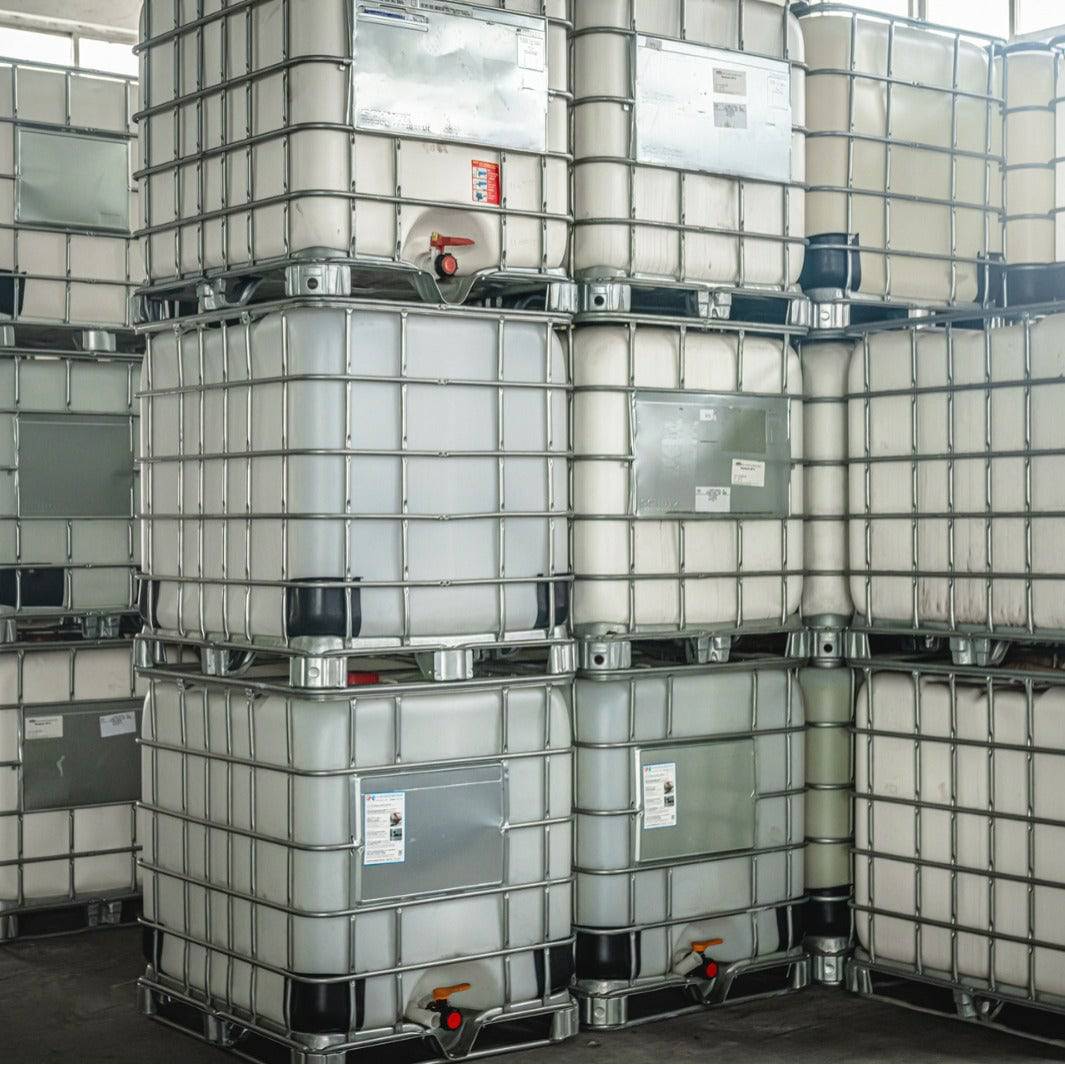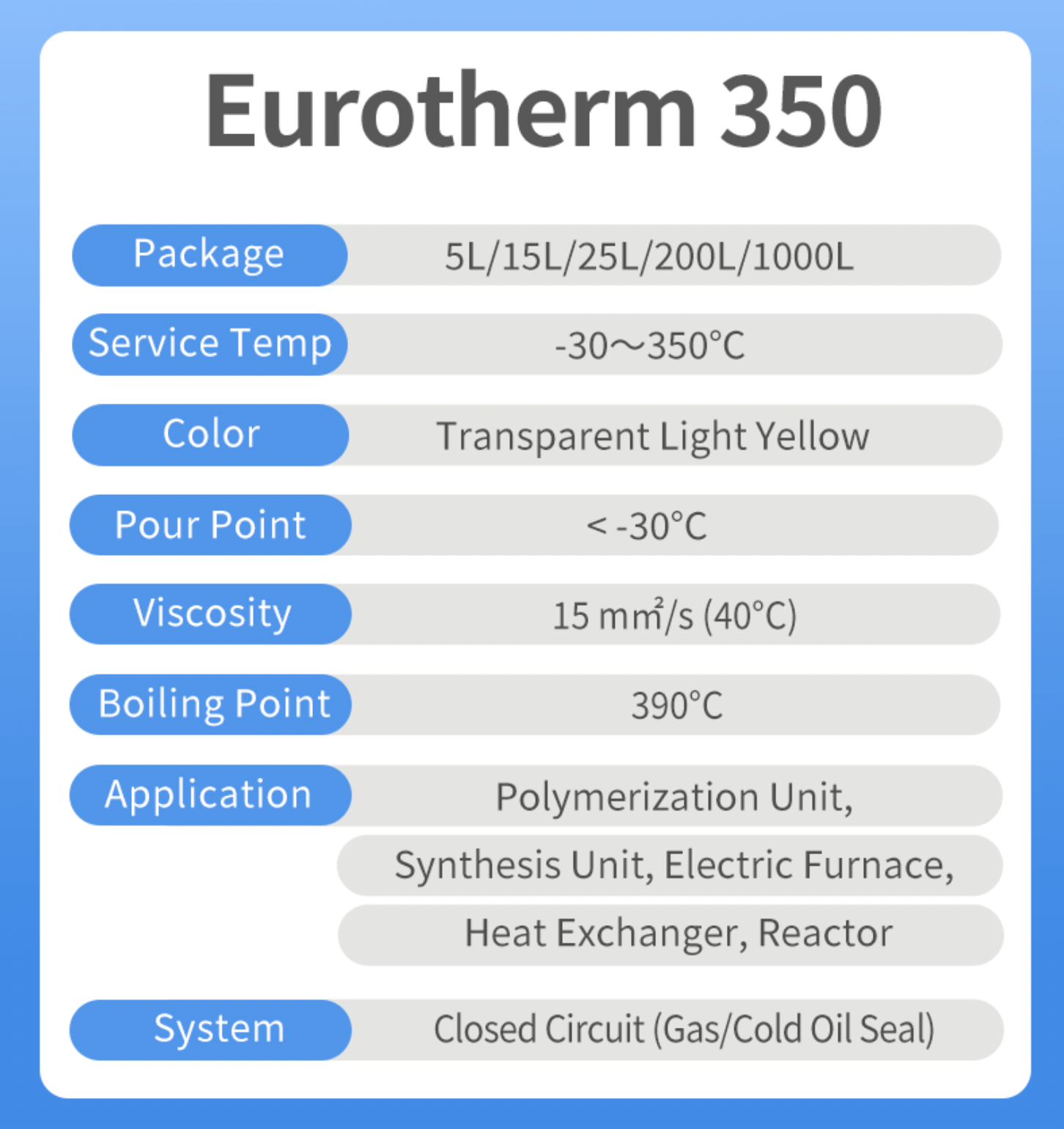8 Easy Facts About Chemie Shown
Table of ContentsAll About ChemieUnknown Facts About ChemieSome Known Facts About Chemie.Fascination About ChemieWhat Does Chemie Mean?8 Easy Facts About Chemie Explained
By Bojanna Shantheyanda, Sreya Dutta, Kevin Coscia and David SchiemerDynalene, Inc. Liquid cooling, which can be accomplished using indirect or direct methods, is made use of in electronic devices applications having thermal power thickness that may exceed safe dissipation through air cooling. Indirect fluid air conditioning is where warm dissipating digital elements are physically divided from the fluid coolant, whereas in instance of straight air conditioning, the components are in straight contact with the coolant.In indirect air conditioning applications the electric conductivity can be crucial if there are leakages and/or spillage of the liquids onto the electronics. In the indirect cooling applications where water based fluids with deterioration inhibitors are typically utilized, the electrical conductivity of the liquid coolant mainly depends on the ion concentration in the liquid stream.
The boost in the ion focus in a shut loop fluid stream might happen as a result of ion leaching from steels and nonmetal elements that the coolant liquid touches with. During operation, the electrical conductivity of the fluid might increase to a degree which might be dangerous for the air conditioning system.
The Best Strategy To Use For Chemie
The samples were allowed to equilibrate at space temperature for 2 days before videotaping the initial electric conductivity. In all tests reported in this research study liquid electric conductivity was determined to a precision of 1% utilizing an Oakton disadvantage 510/CON 6 series meter which was calibrated prior to each measurement.
Chemie Can Be Fun For Everyone
from the wall home heating coils to the center of the heater. The PTFE sample containers were placed in the heater when steady state temperature levels were reached. The test arrangement was gotten rid of from the furnace every 168 hours (seven days), cooled down to area temperature with the electric conductivity of the liquid determined.
The electrical conductivity of the fluid example was monitored for a total amount of 5000 hours (208 days). Schematic of the indirect shut loophole cooling experiment set up. Parts used in the indirect shut loophole cooling experiment that are in contact with the fluid coolant.

More About Chemie
During operation the liquid reservoir temperature was maintained at 34C. The adjustment in liquid electric conductivity was kept track of for 136 hours. The fluid from the system was accumulated and kept. Shut loophole test with ion exchange material was brought out with the same cleaning treatments used. The first electrical conductivity of the 230ml UP-H2O in the system gauged 1.84 S/cm.

0.1 g of Dowex material was added to 100g of fluid examples that was absorbed a different container. The blend was mixed and alter in the electric conductivity at area temperature level was determined every hour. The determined modification in the electric conductivity of the UP-H2O and EG-LC examination liquids having polymer or metal when involved for 5,000 hours at 80C is shown Figure 3.
A Biased View of Chemie
Figure 3. Ion seeping experiment: Measured change in electrical conductivity of water and EG-LC coolants consisting of either polymer or metal examples when submersed for 5,000 hours at 80C. The results suggest that metals contributed less ions into the liquids than plastics in both UP-H2O and EG-LC based coolants. This can be due to a thin metal oxide layer which might function as a barrier to ion leaching and cationic diffusion.
Liquids consisting of polypropylene and HDPE exhibited the most affordable electric conductivity adjustments. This could be due to the brief, rigid, linear chains which are less likely to contribute ions than longer branched chains with weaker intermolecular forces. Silicone likewise performed well in both test fluids, as polysiloxanes are typically chemically inert due to the high bond energy of the silicon-oxygen bond which would certainly avoid deterioration of the product right into the liquid.
Getting My Chemie To Work
It why not try here would be expected that PVC would certainly generate similar outcomes to those of PTFE and HDPE based upon the comparable chemical structures of the materials, however there might be other impurities existing in the PVC, such as plasticizers, that might impact the electrical conductivity of the fluid - meg glycol. In addition, chloride teams in PVC can additionally leach right into the test liquid and can create a boost in electrical conductivity
Polyurethane completely degenerated into the test fluid by the end of 5000 hour test. Prior to and after pictures of metal and polymer examples submersed for 5,000 hours at 80C in the ion leaching experiment.
Measured modification in the electrical conductivity of UP-H2O coolant as a feature of time with and without resin cartridge in the shut indirect air conditioning loophole experiment. The gauged adjustment in electric conductivity of the UP-H2O for 136 hours with and without ion exchange material in the loop is received Number 5.
Comments on “The smart Trick of Chemie That Nobody is Talking About”